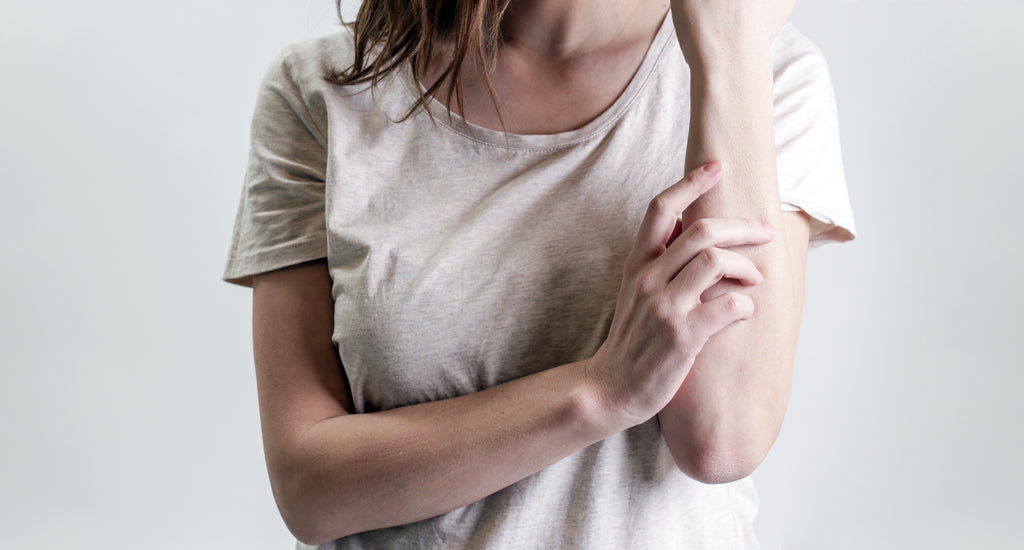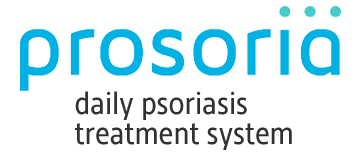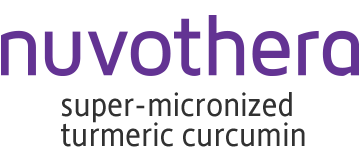Inverse Psoriasis Symptoms
17 Apr 19

Psoriasis is the most common immune-mediated disorder in the country, affecting an estimated 7.5 million Americans. While it mainly affects the skin, it’s far more than an aesthetic skin disease. Along with its potential to develop into psoriatic arthritis, which causes swelling in the joints and can make movement painful, psoriasis has a huge impact on your everyday wellbeing and quality of life.
Treating psoriasis starts with a diagnosis, and often the first determining factor is the symptoms. Psoriasis comes in a variety of forms, and knowing the specific type of psoriasis you have can impact the type of psoriasis treatments you receive. Inverse psoriasis is just one of the unique forms. Take a look at this type of psoriasis and some of the most common inverse psoriasis symptoms below.
Understanding Psoriasis and Inverse Psoriasis
Psoriasis is an immune-mediated disorder, meaning that it is caused by a malfunctioning immune system. With psoriasis, the immune system mistakenly identifies healthy skin cells as a threat and attacks them. In response, the body also creates more skin cells. This results in a sudden speed up in the life cycle of your skin cells, causing them to build upon the surface of your skin.
This buildup of skin appears as dry, scaly skin patches or lesions just about anywhere on the body. Plaque psoriasis is the most common form of the disease. Researchers believe that about 3 to 7 percent of those with psoriasis will develop inverse psoriasis.
Inverse Psoriasis Symptoms
Inverse psoriasis comprises of the same processes as plaque psoriasis and other forms of the disease, but the location of the lesions is the key. Inverse psoriasis lesions appear within skin folds on the body, particularly in the armpits, behind the knees, around the genital area, and under the breasts. Because of the location, these skin lesions appear smooth, red, and shiny, as opposed to the dry, raised, and scaly lesions characteristic of plaque psoriasis.
As the skin in these areas is naturally thin and sensitive, the warmth, moisture, and friction can contribute to greater irritation and a higher chance of infection. The affected skin can become increasingly tender, making this one of the more painful forms of this disease. Creases within lesions can crack open and bleed, which adds further risk of infection.
Those with inverse psoriasis may also have plaque psoriasis in other parts of the body, which can come with:
- Itching, burning, and soreness in the skin
- Thick, pitted, or ridged nails
- Stiff, swollen joints (psoriatic arthritis)
Symptoms of psoriasis tend to come in waves or cycles. They may last several weeks or months before subsiding or even going into full remission. Lesions can also vary in severity, ranging from minor flaking to full-blown breakouts affecting large areas of the body.
Causes and Triggers for Inverse Psoriasis
While research understands that the cause of inverse psoriasis is by a malfunctioning immune system, no one knows for sure what causes it. Some studies do suggest that genetics play a role. If one parent has psoriasis, their child has a 10 percent chance of developing the disease. If both parents have psoriasis, that chance jumps to 50 percent.
We do know that an inverse psoriasis flare up can be caused by one of many environmental triggers. Triggers are not the same for everyone, but some of the most common triggers include:
- Severe stress – Stress can produce chemicals that alter the immune response, resulting in a flare up.
- Physical injury to skin – Known as the Koebner phenomonen, any injury to the skin (scratches, bug bites, vaccinations, sunburns) can result in a psoriasis flare up.
- Infections – Anything that affects your immune system may ultimately contribute to a psoriasis infection, but this is most common with strep throat and respiratory infections.
- Medications – A variety of medications can potentially act as triggers, including anti-malarials, lithium, and quinidine.
- Smoking and excessive drinking – While research isn’t entirely sure of the mechanisms involved, smoking and excessive drinking have been found to act as a trigger and make existing symptoms worse.
Inverse psoriasis can be painful and uncomfortable, but there are thankfully a variety of ways to tackle it. Talk to your doctor to determine the best treatment option and consider ways to enhance your own physical and emotional comfort, ease symptoms, and find relief.
Sources:
- https://www.mayoclinic.org/diseases-conditions/psoriasis/symptoms-causes/syc-20355840
- https://www.psoriasis.org/about-psoriasis
- https://www.everydayhealth.com/psoriasis/living-with/inverse-psoriasis/
- https://www.psoriasis.org/about-psoriasis/causes

